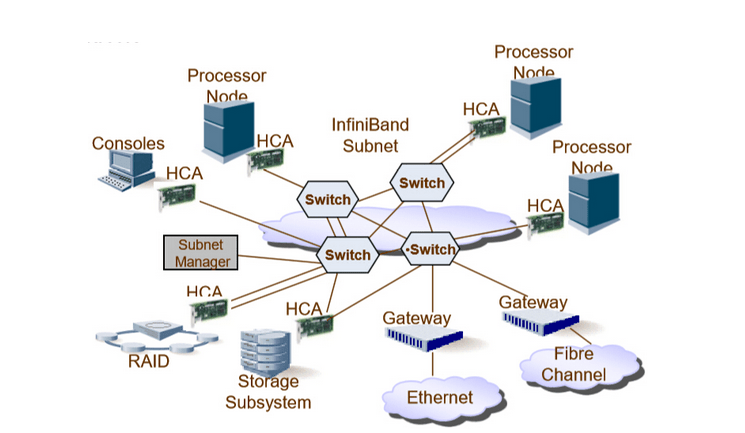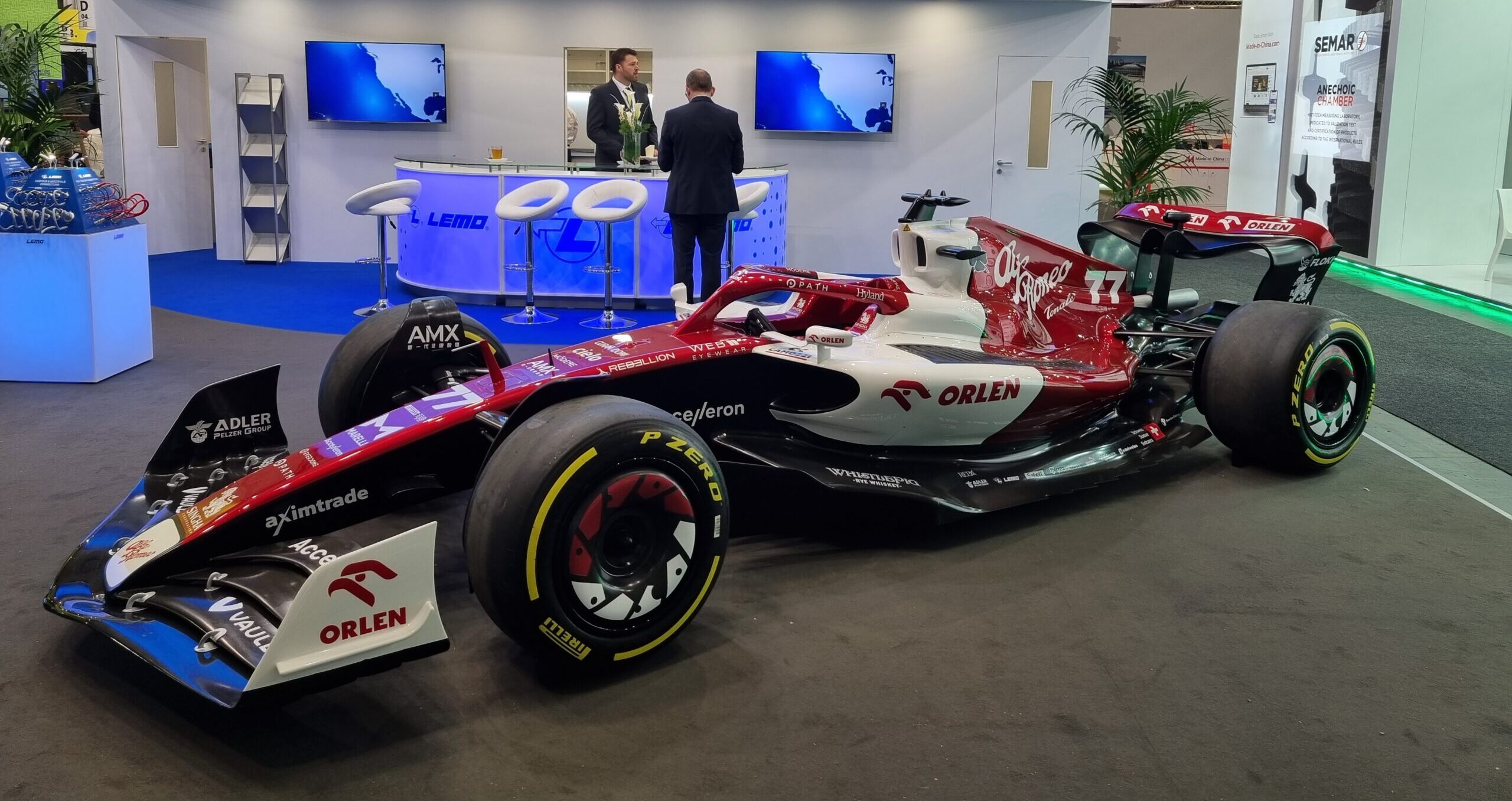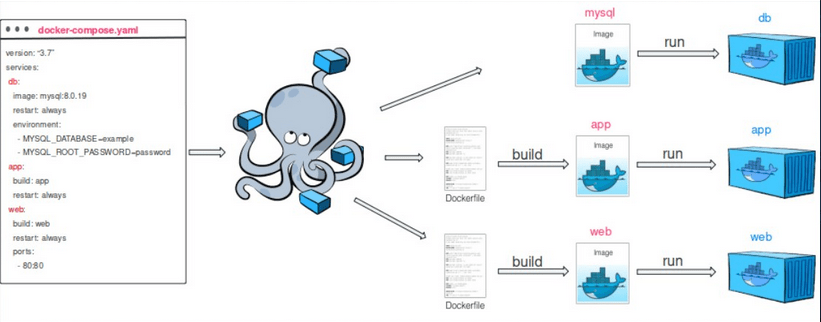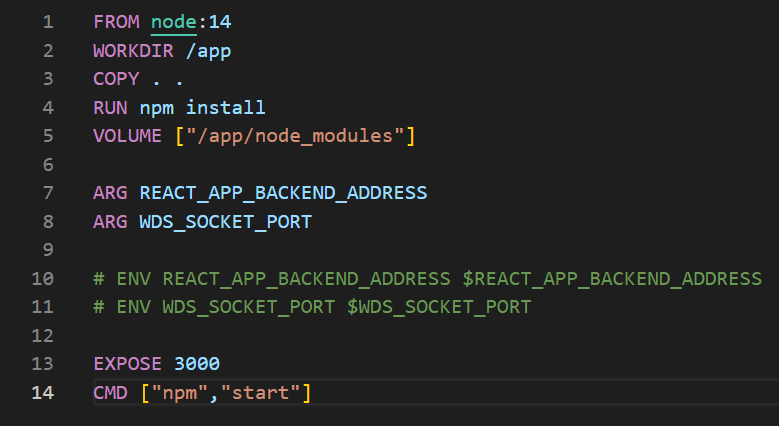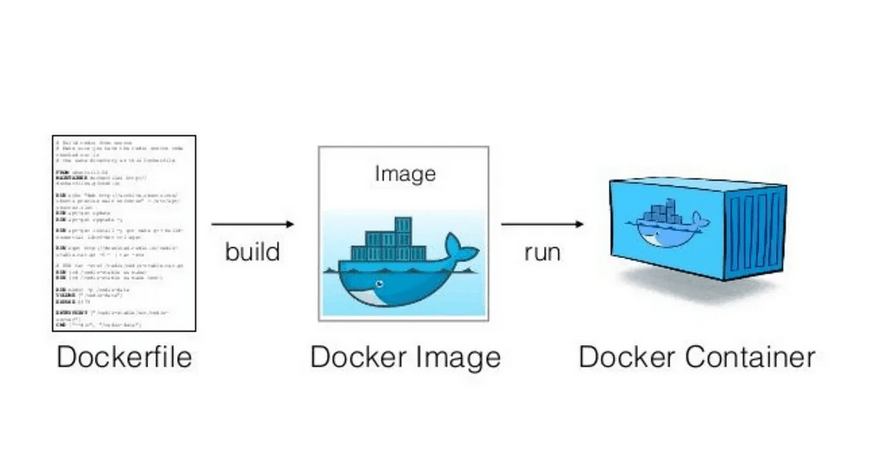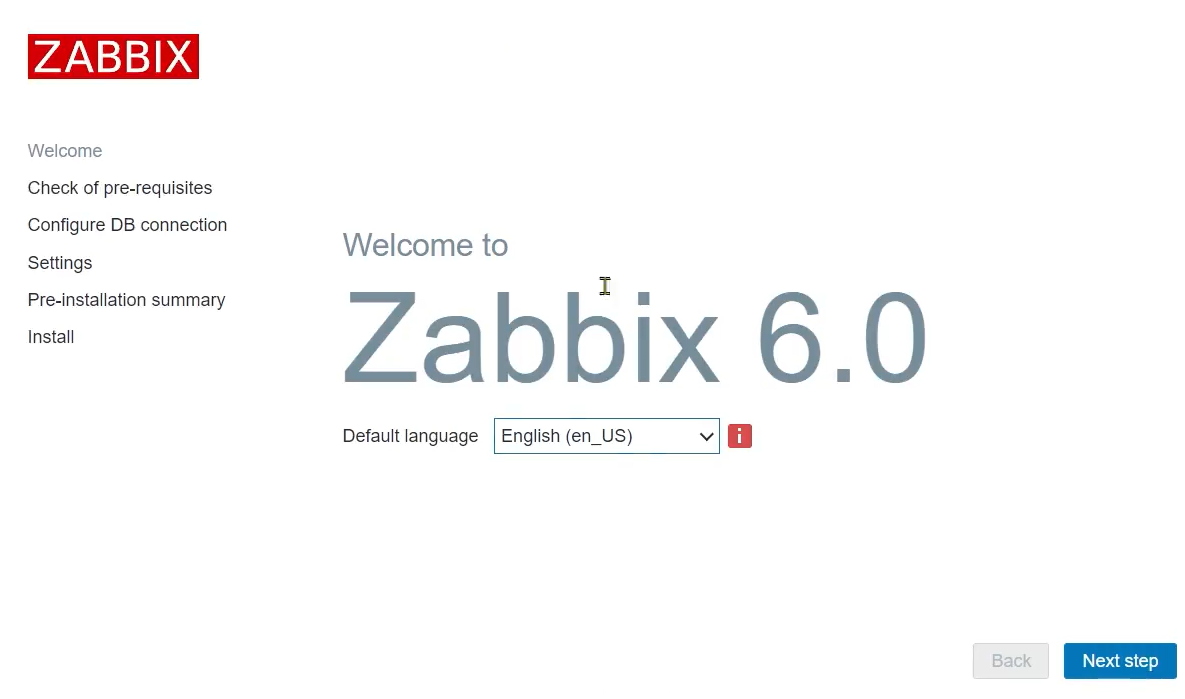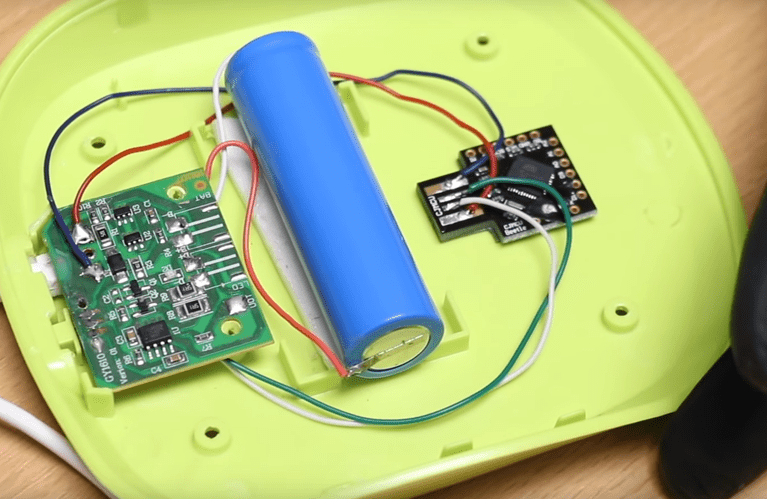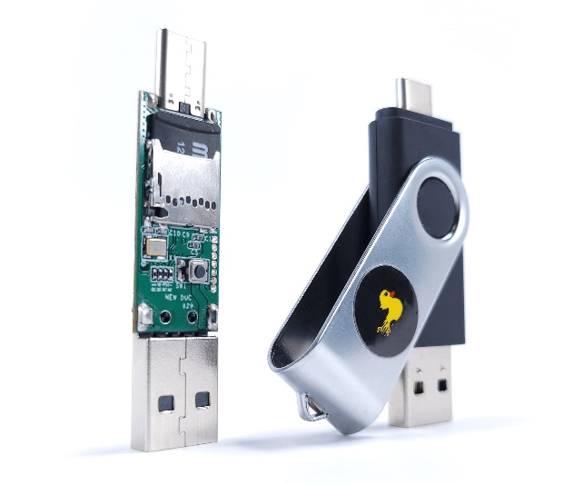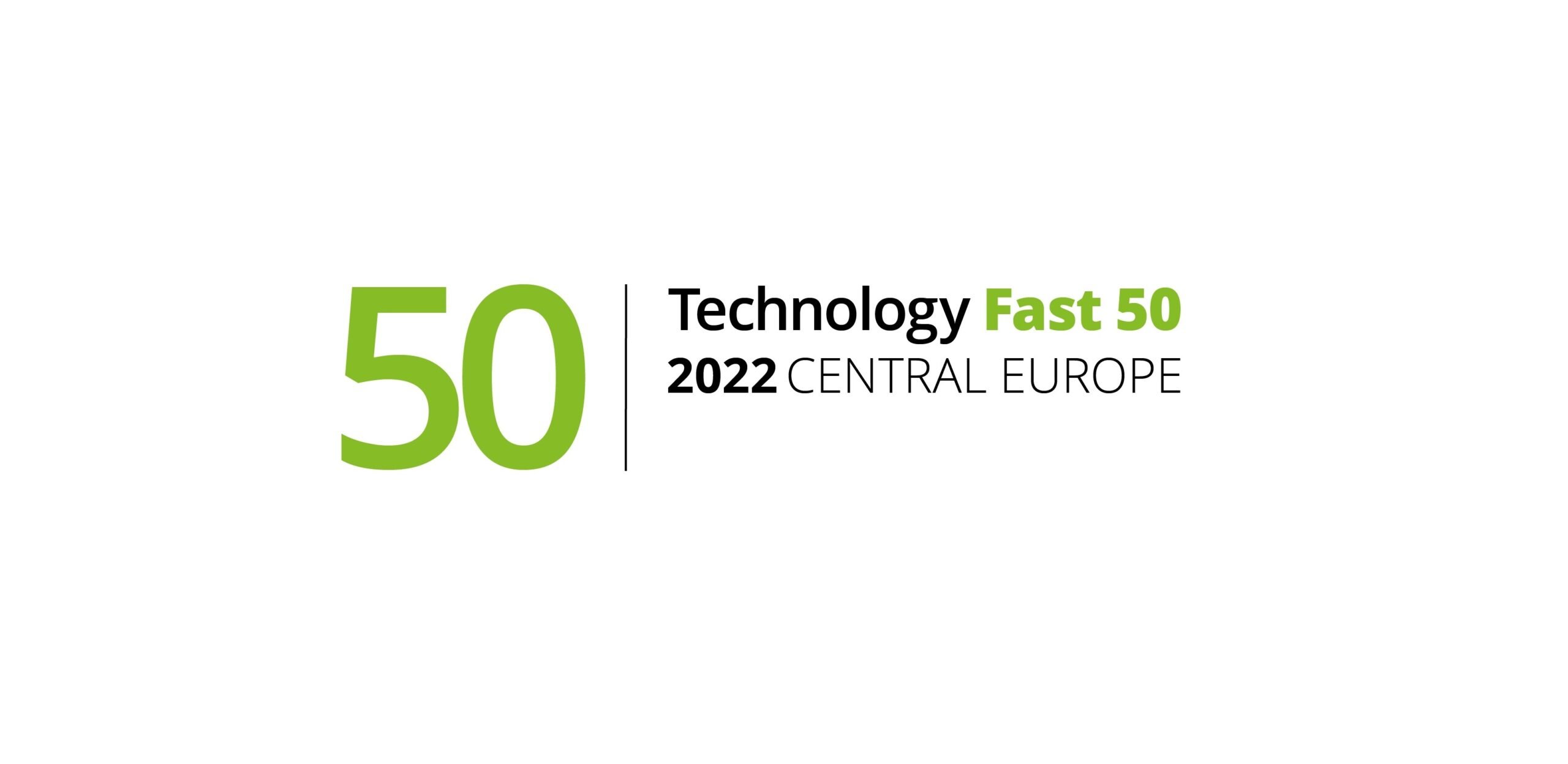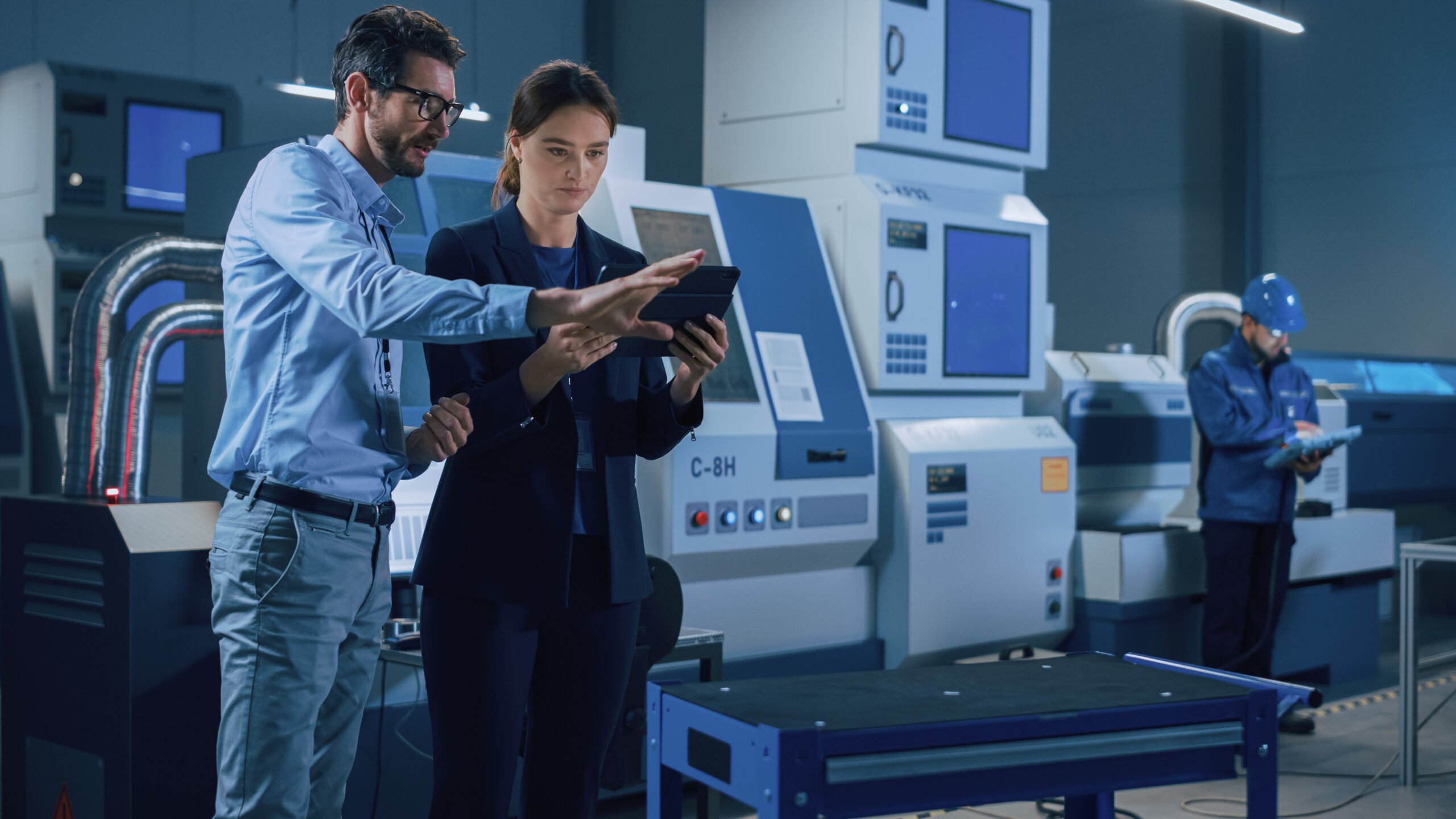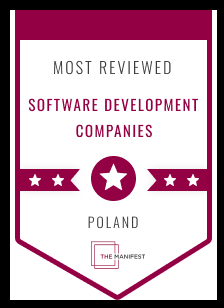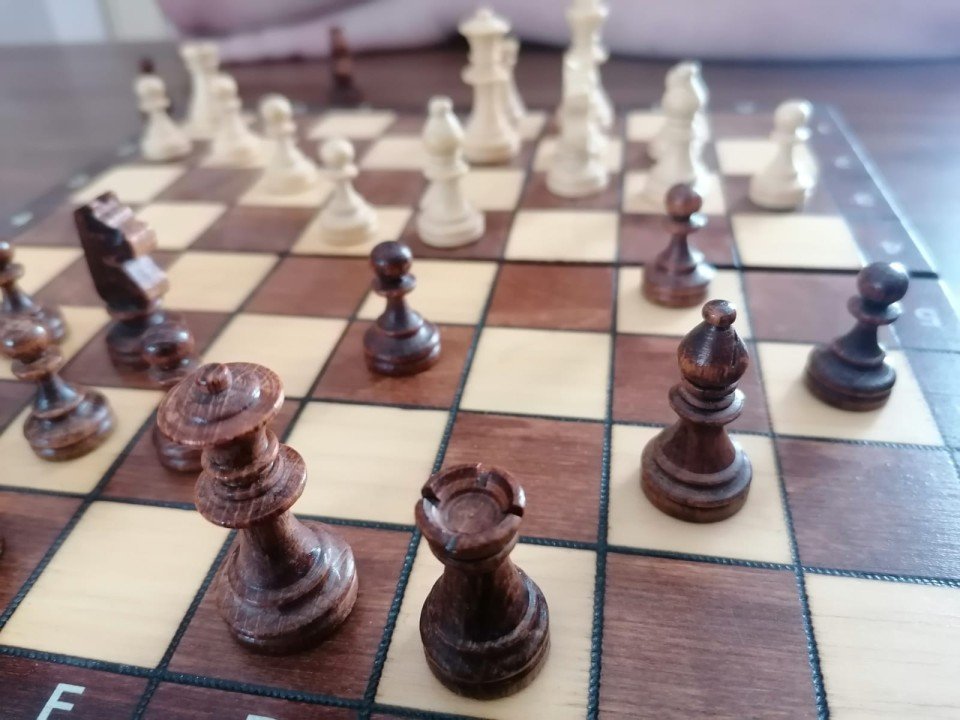The implementation of modern IT technologies is based on various needs, often related to the need to take on various challenges or overcome obstacles. This is the case when a company acts as a potential or actual buyer and user of a new IT technology, and it is also the case when, as the creator and owner of a new solution, the company tries to find customers ready to purchase it. In any case, in the overall process of IT technology transfer, the following three main phases can be distinguished (Fig. 1):
- planning, forced by the necessity of careful preparation of each extraordinary activity, especially such a complex one as the transfer of IT technology,
- implementation, i.e. finding the necessary partners, conducting negotiations, concluding relevant agreements and fulfilling them,
- evaluation to determine whether and to what extent the objectives of the IT technology transfer operation have been achieved.
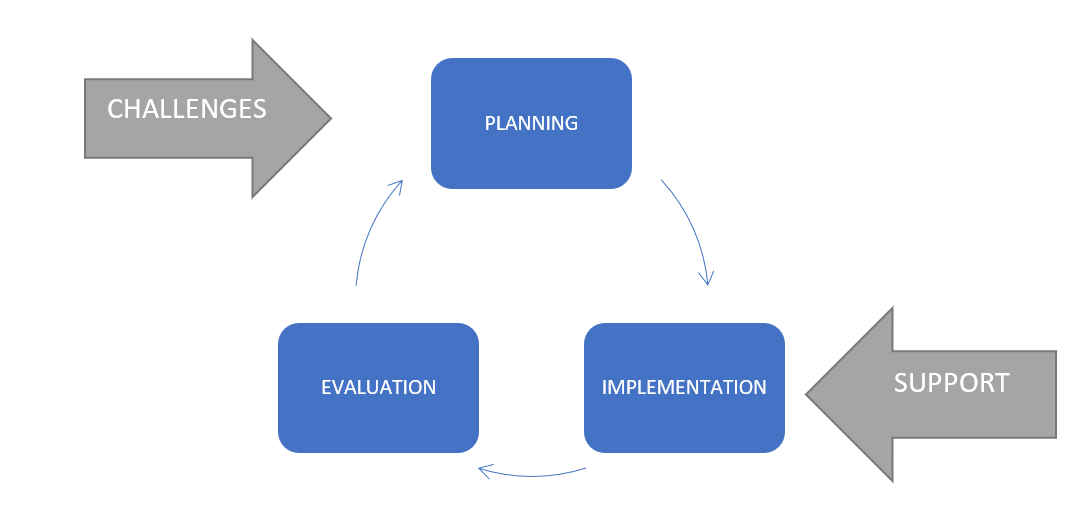
Figure 1. The general process of IT technology transfer in the company
Source: Author's own elaboration.
Under certain conditions, the overall process of IT technology transfer in a company takes on more detailed forms. From the point of view of the enterprise, we can distinguish (on the basis of P. Głodek and M. Gołębiowski) the framework process of technology transfer (Fig. 2):
- Analysis and assessment of the company's technological needs, the results of which are the starting point for the search for specific IT solutions,
- Searching for information about IT technologies and the technology market, necessary to make the right choice(s),
- Analysis and selection of the appropriate IT technology and transfer method (model),
- Negotiation and conclusion of an appropriate agreement regulating the subject and conditions of the transfer,
- Implementation and absorption (assimilation) of IT technology.
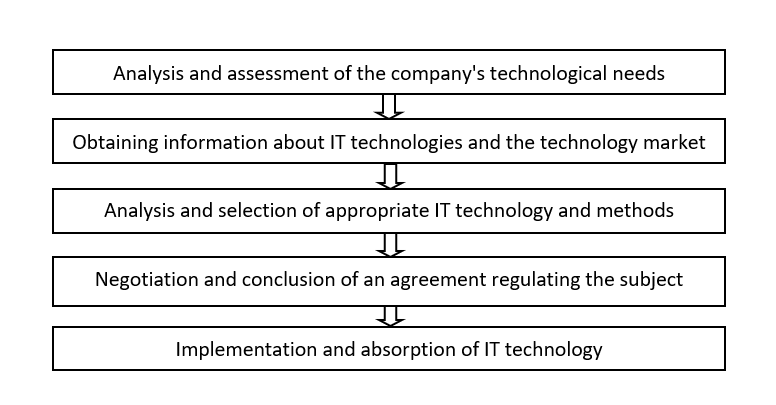
Figure 2. The framework process of IT technology transfer from the point of view of an enterprise, according to P. Głodek and M. Gołębiowski
Based on: P. Głodek, M. Gołębiowski, Technology transfer in small and medium-sized enterprises, PARP, Warsaw 2006, p. 14.
Commenting on the discussed approach to the framework process of IT technology transfer, it can be stated that:
- The authors rightly emphasize the necessity of analysis and assessment of the technological needs of the company and obtaining information about technologies and the technology market as the basis for choosing the appropriate technology and transfer method.
- The stage of implementation and absorption of the technology is particularly important, it is not enough to just purchase it, even on the best terms.
- The transfer of IT technology should not be seen only as a purely technical problem, because being an element of business it must meet the same criteria.
- In order to continuously improve the technology transfer processes and to improve their effectiveness and efficiency, it would be advisable to close the transfer process with an evaluation and evaluation of the results of the implementation.
A different approach to technology transfer was adopted by a team led by K. Santarek (Characteristic. 3). According to him, the technology transfer process includes[1]:
- Generating ideas,
- Pre-selection of projects,
- incubation,
- Promotion
- Implementation.

Figure 3. The process of technology transfer according to the team edited by K. Santarek
Source: K. Santarek (ed.), Technology transfer from academia to business. Creating Technology Transfer Mechanisms, PARP, Warsaw, September 2008, p. 87.
Such a way of approaching the process of IT technology transfer seems to correspond more to the situation of handing over one's own technologies to other recipients and users, in accordance with the logic of sales. This is contrary to the approach to the framework process of technology transfer by P. Głodek and M. Gołębiowski, directed in accordance with the logic of purchase.In both approaches, there is a phase of implementation of solutions, but in the framework process of technology transfer, according to the above-mentioned authors, it is the implementation in the company's own enterprise, in the transfer process according to K. Santark's team - in the enterprise of the technology buyer. Despite the differences in the starting points and goals of the technology transfer process, there are a number of common regularities in both approaches, which are discussed further in this article.
Taking into account the situation and R&D potential of small and medium-sized enterprises, it can be concluded that they are much more often interested in purchasing technology. This does not mean that there are no innovative SMEs offering their own technologies to interested buyers. However, this is a less common situation. In order to maintain the universality of the study, in specific situations the issue of transfer in cases where its initiator and organizer is a company selling technology has also been highlighted.
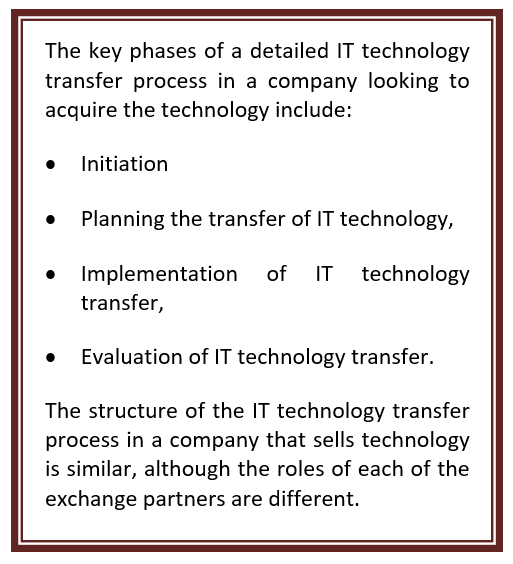
Based on the general model of technology transfer (Fig. 2), the following are detailed process of IT technology transfer in the company (Fig. 4). His The key phases are as follows.
- Initiation, in which the management considers the situation in the company's environment, identifying opportunities and threats, and after confronting them with their own strengths and weaknesses, determines development challenges, which are the starting point for setting the company's business goals.
- IT technology transfer planning - is based on the analysis of the company's strategic situation in the context of business goals and the company's overall strategy, which includes, among others, the technology strategy. As part of it, strategic choices are made about IT technologies, including those that require transfer from external sources. Potential partners who could provide external support in the implementation of the IT technology transfer process are also being sought.
- Implementation of IT technology transfer - takes place on the basis of launching individual implementation projects, separate for each transferred IT technology (or technologies arranged in logical groups). The basis of the project is an appropriate agreement (contract). The project ends with the implementation and achievement of the planned technical and operational parameters of the transferred IT technology.
- Evaluation of the transfer of IT technology - means checking whether the objectives of the transfer have been achieved. Evaluation proceeds in stages - from ongoing supervision over the implementation of activities covered by the project(s) of IT technology implementation, through periodic evaluations of projects, to strategic evaluation, with control of production stabilization and absorption of IT technology in the company.
All activities covered by a detailed process of IT technology transfer in the company are closed by a feedback loop, ensuring the improvement of the adopted solutions, in accordance with changes in the company itself and in its environment.
The process of transferring IT technology in a company that makes technology available to another external user is slightly different.
-
In the initiation phase, the analysis of the company's environment is focused on searching for potential segments and groups of customers who may be interested in the offered IT technology.
-
After defining them, in the planning phase of IT technology transfer, the company undertakes contacts and talks with organizations - candidates for users of the offered technology, striving to negotiate the best possible contract terms.
-
The implementation and evaluation of the transfer of IT technology is carried out in a manner similar to the one discussed above, taking into account the distinctiveness (or rather the roles of each of the exchange partners).
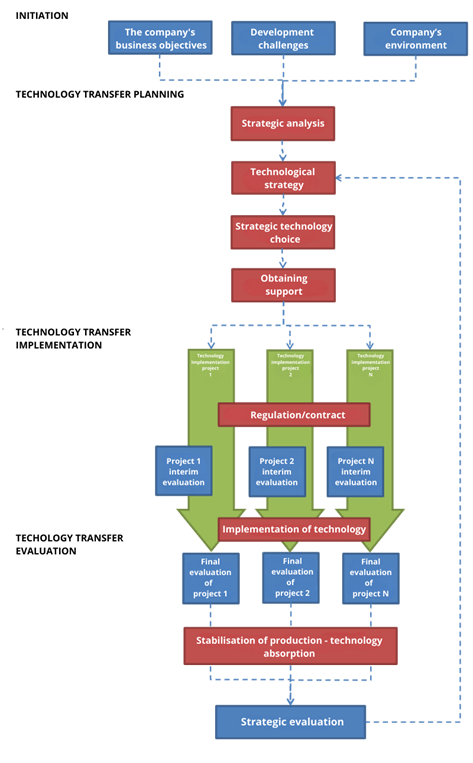
Figure 4. Detailed process of IT technology transfer in the company
Source: Author's own elaboration.
[1] K. Santarek (ed.), Transfer of technology from academia to business. Creating Technology Transfer Mechanisms, PARP, Warsaw, September 2008, p. 87.








































